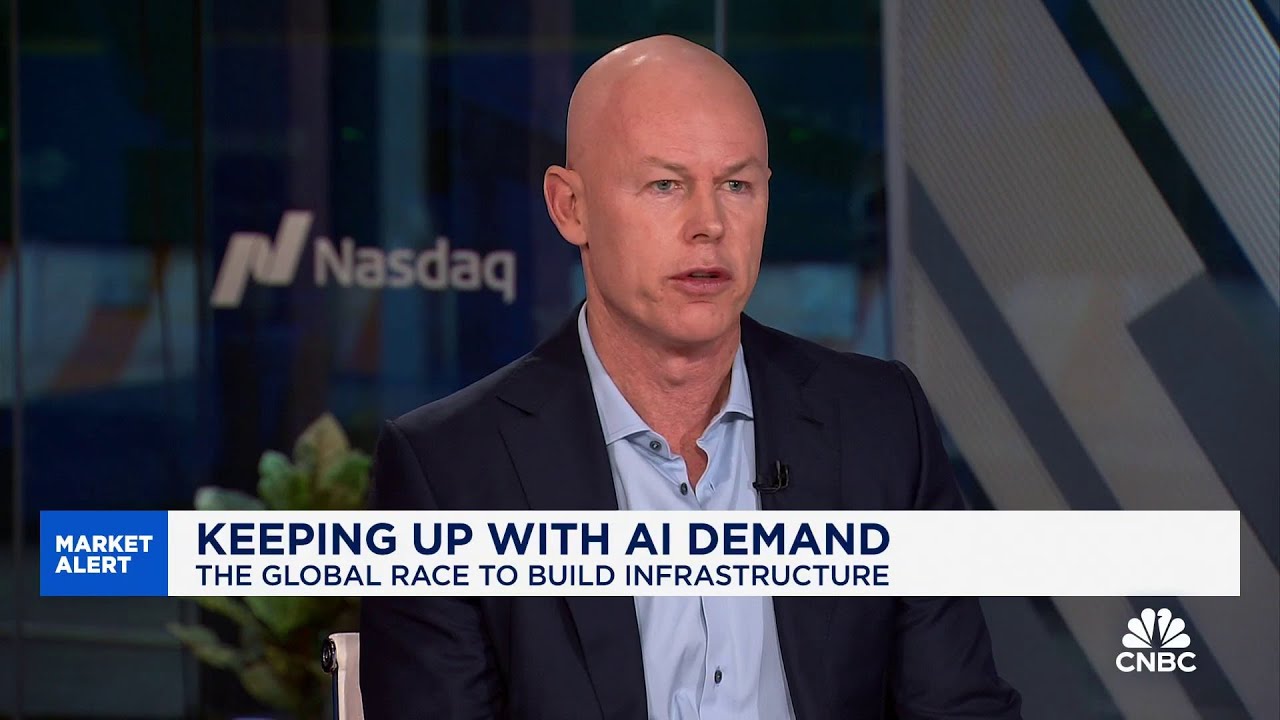Michael Stone, CEO of Stonespeak, emphasized that the biggest bottleneck for AI development is access to land with power and permits for data centers, driven by the surge in demand for digital infrastructure amid power shortages in the U.S. He highlighted the competitive landscape for suitable land, the importance of connectivity data centers, and the need for reliable baseload power sources, particularly in light of the challenges posed by the transition to renewable energy.
In a recent discussion, Michael Stone, the CEO of Stonespeak, highlighted the critical role of data centers in the ongoing AI revolution. He noted that while infrastructure encompasses various sectors like energy and transportation, the surge in demand for digital infrastructure, particularly data centers and cloud services, has become a focal point in recent years. Stone emphasized that the AI boom has significantly accelerated this trend, especially amid power shortages in the U.S., making land with access to power a highly sought-after commodity for data center development.
Stone explained that the current bottleneck for AI development is not just the availability of chips but also the access to land that has the necessary power and permits for building data centers. He pointed out that the scarcity of suitable land has created a competitive landscape where companies can command high prices from hyperscalers, the large tech firms that require substantial data center capacity. This situation has made the search for land with power access a top priority for businesses in the AI infrastructure space.
When discussing competition, Stone acknowledged major players like Blackstone and KKR, but he emphasized that his firm focuses on identifying businesses with strong competitive moats in the digital infrastructure sector. He highlighted the importance of connectivity data centers, which serve as critical junctions for fiber optic cables, as a prime example of a business model with significant barriers to entry. The returns on capital in the hyperscale space have improved dramatically due to the AI boom and the challenges associated with securing power.
Stone also addressed the impact of emerging technologies, such as Deep Sea, on the competitive landscape of AI models. He suggested that while there may be dominant players in the frontier model space, smaller entrepreneurial developers can leverage simpler models to create innovative applications for consumers. This trend is expected to lead to a proliferation of AI use cases, driving further growth in data center demand, particularly in urban areas.
Finally, Stone discussed the energy considerations for data center locations, expressing a preference for sites near reliable power sources. While he supports renewable energy, he stressed the need for baseload power to ensure consistent operations, especially when solar and wind resources are unavailable. He pointed out that the U.S. faces challenges due to the retirement of coal plants and the reliance on intermittent renewable sources, indicating that natural gas may be the most viable short-term solution for meeting the country’s baseload power needs.
